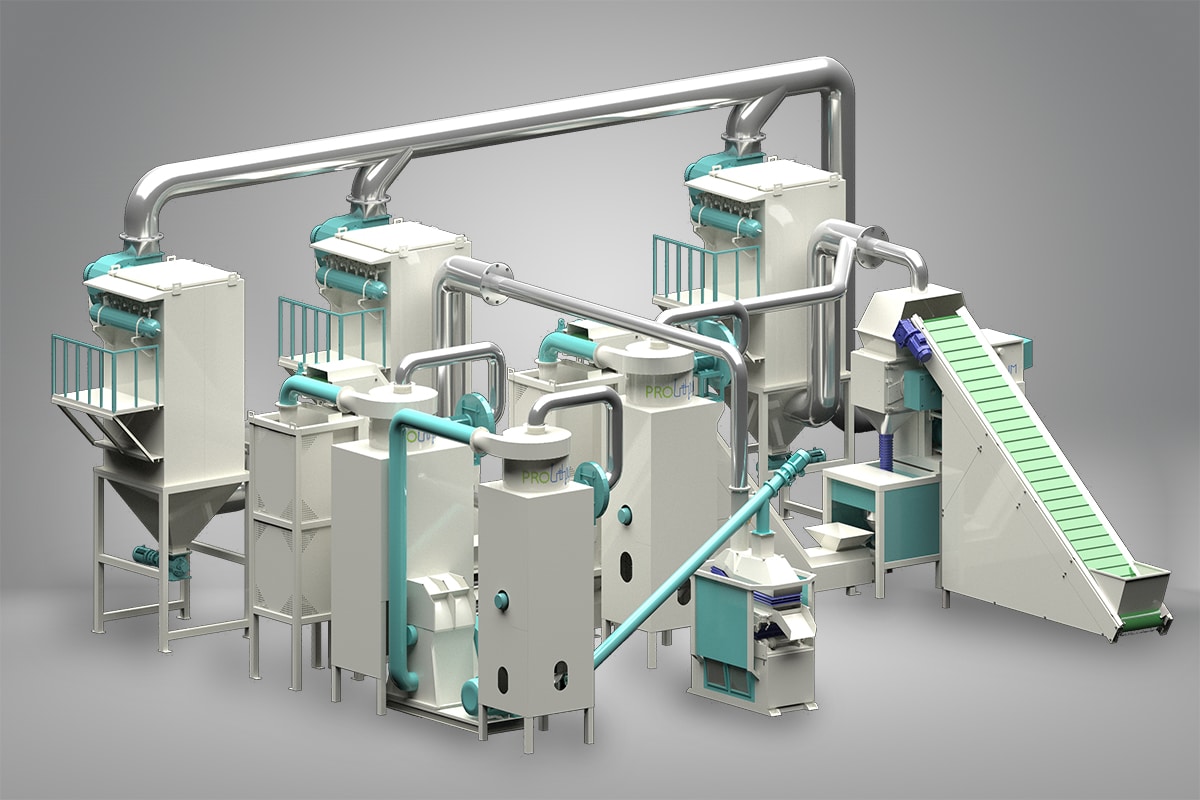
Recycling value of lithium battery
Battery specialists and environmentalists give a long list of reasons to recycle Li-ion batteries. The materials recovered could be used to
make new batteries, lowering manufacturing costs.
In many types of Li-ion batteries, the concentrations of metals, along with those of lithium and manganese, exceed the concentrations in natural ores, making spent batteries akin to highly enriched ore. At present, the research on the recycling of waste lithium batteries mainly focuses on the recovery of high-value positive precious metals cobalt and lithium.
Composition of lithium-ion battery
According to the material composition analysis of lithium-ion battery, it contains a lot of valuable metals. Take the cell phone battery as an example, which contains 15% cobalt, 14% copper, 4.7% aluminum, 25% iron and 0.1% lithium. In 2006, the market prices of cobalt, nickel, copper and aluminum reached 315,000, 312,600, 66,888 and 219.64 million yuan/ton respectively. Recycling waste lithium ion batteries will gain considerable economic benefits.

Composition of lithium-ion battery
Lithium battery is mainly composed of casing, positive electrode, negative electrode, electrolyte and diaphragm.
- The anode is formed by coating lithium cobaltate powder on both sides of an aluminum foil current collector through PVDF which plays a bonding role;
- The structure of the negative electrode is similar to that of the positive electrode, and carbon powder is bonded to both sides of the copper foil current collector.
- Based on the structural characteristics of lithium batteries, our company adopts environmental protection physical separation process to realize efficient separation and recovery of waste lithium batteries.
Main Lithium ion Battery Materials
Cylindrical lithium battery, ternary lithium battery, scrapped car lithium battery, lithium iron phosphate battery, power lithium battery and other waste lithium batteries.
Mobile Phone Battery
Cylindrical Battery
Soft Package Battery
Anode Material (Copper Foil)
Cathode Materail (Aluminum Foil)
Lithium ion Battery Recycling Solution
Final Products
- Iron
- Plastic film
- Black powder
- Aluminum granule
- Coppergranule
Parameter
Model LDC-500 LDC-1000
Capacity 500kg/h 1000kg/h
Total Power 307kw 351kw
Dimension(L*W*H) 34*11*8m 38*11*8m
Note:Batteries must be fully discharged, optional fire protection device
| Model | LDC-500 | LDC-1000 | Support More Customized Solutions |
| Capacity | 500kg/h | 1000kg/h | |
| Total Power | 307kw | 351kw | |
| Dimension(L*W*H) | 34*11*8m | 38*11*8m |
Sorting efficiency
The carbonized anode and cathode materials can effectively peel off the anode and cathode powder from the metal after crushing, and the metal and anode powder can be preliminarily separated by vibration screening based on the size difference and shape difference between particles. The complete set of equipment operates under negative pressure, without dust spillage, and the separation efficiency can reach over 98%.
Technical Standards
Feature Item Indicator Requirments
Recovery Rate of Metallic Copper Aluminum:>98%
Powder Recovery Rate:>98%
Content of Powder In Metal Aluminum:<2%
Content of Metallic Aluminum In Powder: <2%
Other:Contain dust collecter with not pollute
Qualified Rate:99%
Failure Rate:<1%
CMR:≥1.67
ScrapLithium-IonBatteryRecyclingProductionLine
Brief Introduction Of Equipment Functions:
At present, the research on the recycling of waste lithium batteries is mainly focused on the recovery of high-value anode precious metals cobalt and lithium. Copper in the negative electrode of waste lithium battery (content up to 35%) is an important production raw material widely used. Based on the structural characteristics of lithium batteries, our company adopts an
environmentally-friendly physical separation process to realize efficient separation and recovery of waste lithium batteries. The pretreatment process of scrap lithium batteries is mainly to recycle waste batteries. After discharging, mechanical equipment is used to break, magnetic separation, air separation, crushing, gravity separation, screening and other processes, so that the powder on the anode and cathode can be effectively separated from copper and aluminium foil.
Raw Material
The Iphone Battery Li Ion Battery Recycling Equipment is used for dismantling and recycling the soft
package battery, cellphone battery, shell battery, cylindrical battery etc. Different types of lithium
batteries have different recycling procedures.
TECHNOLOGICAL PROCESS:
Shredder — Hammer Crusher — Grinder — Separation Machine — Pulse Dust Collector — Classifying
Screen — Magnetic Machine — Gravity Separator — High-pressure Blower
Machine Operation Principle:
- Belt Conveyor:
Convey batteries to the Shredder, Crusher or Grinder.
- Hammer Crusher:
Crush the batteries to the small pieces, and separate the battery cover, cathode and anode material at the meantime.
- Shredder:
Shred the fully discharged batteries.
- Belt Conveyor:
Convey the material to next machine after crushing.
- High Magnetic Separator:
After the battery crushing, the magnetic separator will remove the ferrous metal inside the
material.
- Vibrating Screen Classifier:
Separate the material according to the size. Will get several type of material based on the size.
- Separation Machine:
Separate the material according to its weight. Separate the lighter material (powder) from the
heavier material (metal).
- Pulse Dust Collector System:
Collect the dust and plastic material after crushing when the operation, purify the air and provide a good working environment.
- Induced Draft Fan:
Air flow is generated through the rotation of the turbine to collect and flow dust or materials in the operation of the equipment.
- Grinder:
Through the high-speed operation of the broken material or anode and cathode plate for rapid
strike, so that the anode plate and active material separated.
- Airflow Separator:
According to the specific gravity of the materials, the mixed materials of metal particles and powder separated by the Vibrating Screen Classifier are sorted. The weight of copper metal is greater than the aluminum metal to achieve the separation of Copper and Aluminum.

